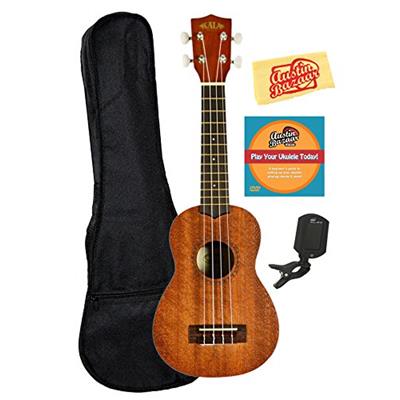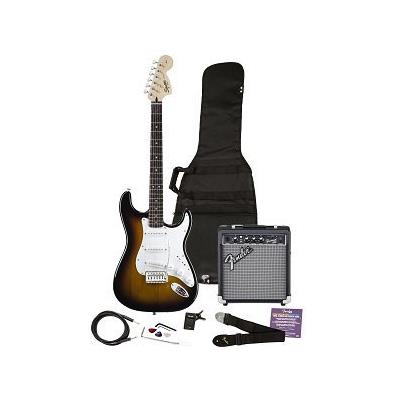| Build Quality: |  |
| Hardware: |  |
| Electronics: |  |
| Sound: |  |
| Value: |  |
| Average: |  |

Pros:
- Versatile tones
- Flexible
- Full range of control
- Adds ‘70s vibe to your tones
Cons:
- Takes practice to adjust it well
No matter how hard we try not to look back and catch up with innovation, we cannot help but feel nostalgic about vintage sounds. We keep missing those times and tones and there is nothing we can do about it. And since everything that has a vintage label on it costs more than our budget can handle, more often than not we are left disappointed, as we cannot have what we long for. That brings frustration and forces us to look for those sounds in newer products.
We understand that they won’t be the same as the vintage ones we admire, but they usually have the potential to come close – really close. Some brands decide to replicate their circuitries, while others get inspired, utilize the same components, yet try to retain the character of their own. The latter category is more interesting to me, personally, as it includes the units that are not mere clones. Today we are going to talk about Fulltone and their ‘70 BC-108C Fuzz pedal. The original version was being produced between 1994 and 2009, after which it was discontinued. But the team behind it decided to recreate it in smaller enclosure so that it would not be as massive as the original. ‘70 BC-108C was born as a result. Let’s see what its feature set has hidden for us!
Features
The name of ‘70 BC-108C comes from a renowned transistor (i.e. BC-108C) that was one of the constituents of vintage FuzzFace. Since that pedal became very rare and its price hit the price mark of a collection piece, Fulltone went on the quest of finding the same transistors and became passionate about cracking the formula of the vintage original. Luckily, they were able to get their hands on different types of them and most importantly, the BC-180C. This silicon transistor is the main component of our compact ‘70 BC-108C, which are intentionally mismatched to create full-bodied harmonic content.
This baby is rather affordable, especially if you compare it to the vintage originals that will empty up your pocket, bank account and savings – all at the same time. The compact enclosure makes it a perfect match for any pedalboard, while the level of ruggedness is the same as in other stompboxes from the brand. The design of ‘70 BC-108C is really simple but still draws your attention with its blue shell and lighter patterns.
What is more, this fella has an internal trimmer that modifies the pedal’s response and tailors its voicing to your preferences and taste. This way you can experiment with various outcomes with each tweak and let the true nature of this one shine through the whole performance. This stompbox can be powered with an adapter which is not included in the package. As you can see, ‘70 BC-108C fulfills the duty it has and it does so perfectly. The only job it has is to replicate the sounds of FuzzFace and emit the ambience of silicon transistors (and that is where we cannot even complain). Thumbs up, Fulltone!
Controls
The control section is pretty much the same thing you will see over and over again when you scroll through the fuzz pedals. Even though the encoders are typical, there is one that stands out a lot in terms of usability and really opens up amazing sonic options for you. That is the very knob that will enchant the hell out of you and turn this baby into your favorite unit to reach for. You are probably wondering what the hell I am talking about, so let’s move on to the actual functionality of each control.
Let’s start with the one I appraised above. Mids is a tone control that adds gain to your overall sound while accentuating mid-range. It really helps you to regain character, stand out in the mix and concur the stage like a real King/Queen. Then we have Volume, which alters the level of the effect and exceeds that of your guitar. It will help you keep everything in line, but it will also make your signal louder whenever needed. We do also have Fuzz encoder that changes the amount of effect and lets you go from mild to wild fuzz in seconds. Let’s not forget the internal trimmer which adjusts the voicing and response of the pedal to your liking. Lastly, we have a footswitch on the lower part of the pedal and I am sure you know perfectly well what it does.
Fulltone Fuzz Sound
The sound of Fulltone ‘70 BC-108C will make you forget about the original FuzzFace. You might be thinking that I am nuts, but I am completely serious: this baby will rock your world. With silicon transistors and added mids control, you get the ability to explore way more in your sound than with the vintage one. The whole spectrum is rich in definition and quality, and it sounds equally amazing with single notes and sophisticated chords. This pedal is fuzzy (surprising, ha?), but it does not get noisy at any point.
It is very responsive to your instrument and cleans up wonderfully once you roll back your guitar volume knob. This is probably one of the coolest features of ‘70 BC-108C. It is fair to say that this thing is quite diverse on its own and will keep you busy for a while. Do not forget to mess around with the internal trimmer to experiment with different levels of compression and tightness. This fella is simply amazing!
Conclusion
All in all, Fulltone ‘70 BC-108C is not the exact replica of the vintage FuzzFace. There are some noticeable differences between the two, but this one sounds amazing even on its own. I would say that this is a better option if you are on a budget since it will deliver the performance that you didn’t even expect. Its quality will drive you crazy and the sounds will take you to some extreme territories. But do not be afraid – this baby is tamable with enough practice. Good luck!
Click here to view more from 10 Best Fuzz Pedals.






How come your knobs are white? When I look at the pedal at websites for sale.. the knobs are black?